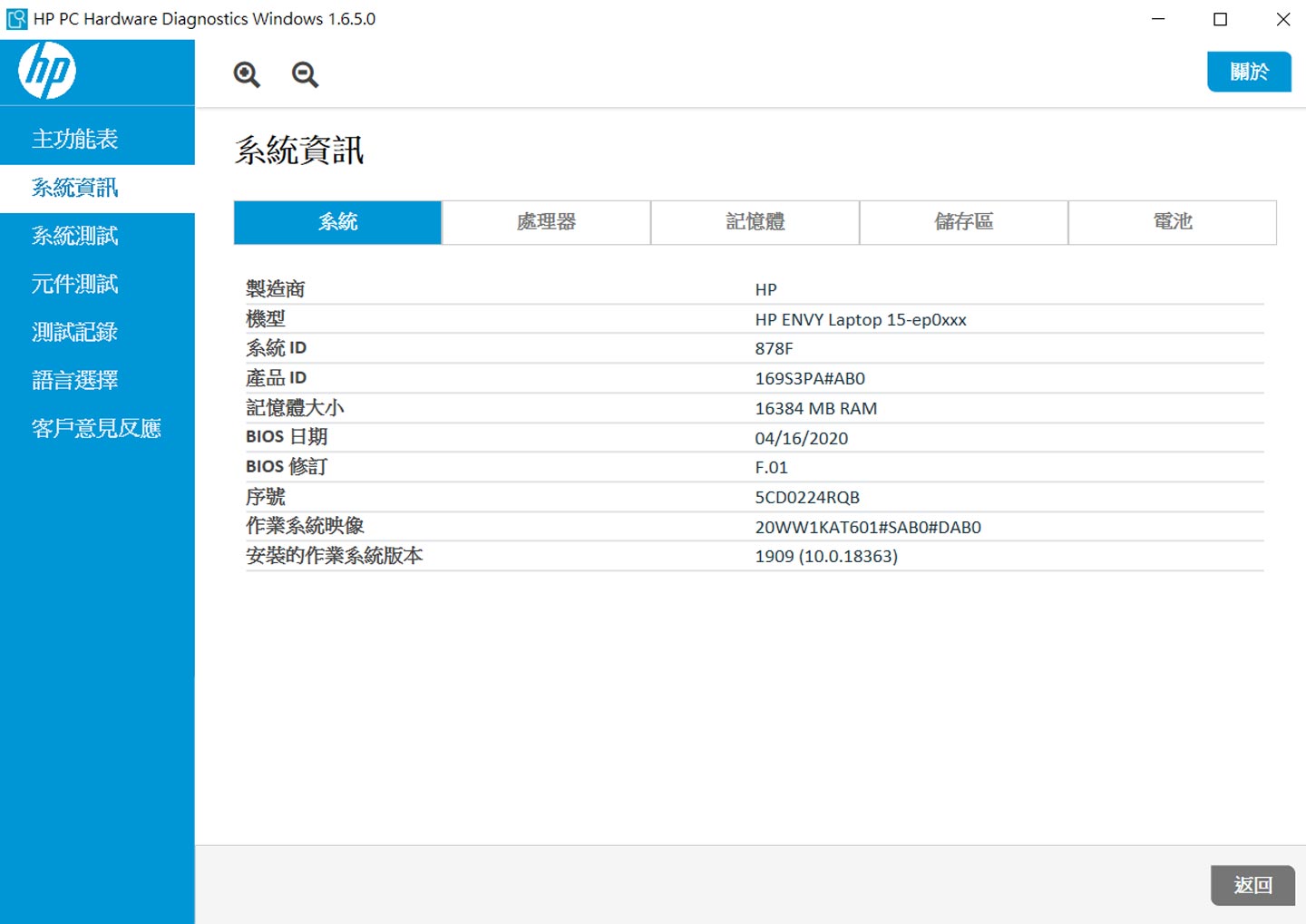
In our case, while the Smart Check passed, the Short DTS check failed. The process is the same for Hard Disk check. If the tool doesn’t find any error, then you should see “Passed” message, else it will kick start the extensive test. You can continually press ESC to cancel the test, but achieve this handiest when you have no other preference. The screen presentations the progress bar on a Command Prompt display screen along side the estimated time left to complete the check. The later can take hours to complete the test. If there is no error detected, but the computer has hardware problems, then it will run the Extensive Test. In both memory and hard disk test, the tool will run the Fast Test to identify hardware issues quickly. Immediately press the F2 key repeatedly until the UEFI menu opens.UEFI menu will give a couple of diagnostic tools, select the one you want, and follow the on-screen instructions. Lets first take a look at how you can use it when it is available on the computer.Ĭompletely power down the computer ( hold the power button for at least five seconds to turn off the computer), and then turn it on. However, if the tool is not installed, you can create a USB.

If the computer has the UEFI diagnostic tool installed on the computer, it can be launched using the F2 key. How to run the HP PC Hardware Diagnostics UEFI
It checks for problems in Memory or RAM and Hard Drive. It makes it easy to isolate hardware failures from issues caused either by the OS or any application. While it is evident, do note that the tool runs outside the Windows 10 OS. In this post, we will learn a bit about this free tool from HP for Windows 10. After seeing a Blue Screen on my Windows 10 PC recently, on reboot, I saw the Boot Device Not Found error with an option to click on F2 for System Diagnostics. The HP PC Hardware Diagnostics is a Unified Extensible Firmware Interface (UEFI) that provides diagnostic tests to see if your PC hardware is working properly, by isolating hardware failures.


 0 kommentar(er)
0 kommentar(er)
